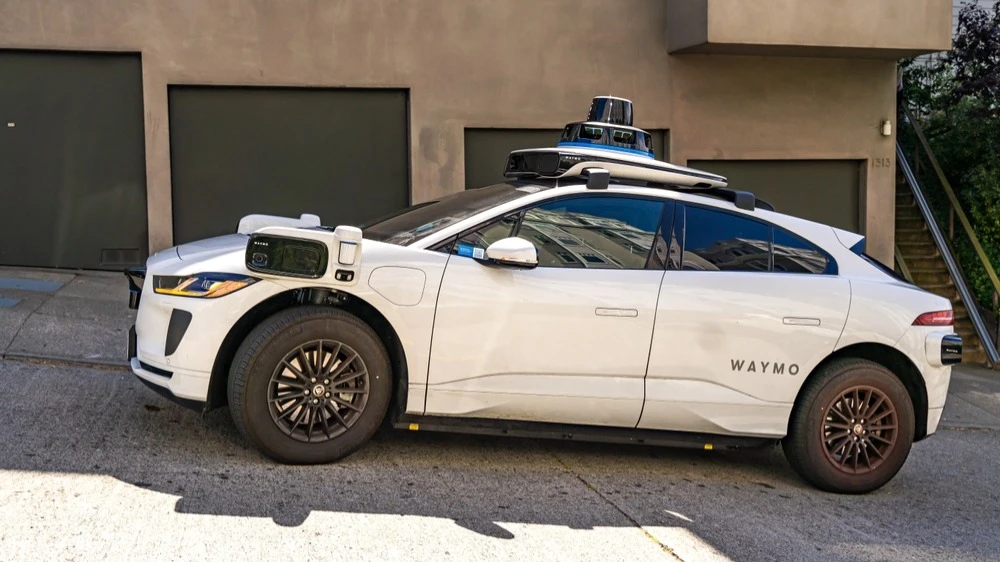Google will start launching robotaxis in Europe with London. What challenges await it?
For Waymo, the project to launch a robotaxi in the UK capital is only the second outside the US

Waymo, a robotaxi service owned by Google, is entering the European market. The company has announced plans to launch an unmanned ride service in London next year. This project could face a number of obstacles - from the capital's challenging traffic to competition with AI startups. In addition, Waymo will face competition in this market - including from Uber.
Details
The first Waymo cars, whose fleet consists of sensor-equipped Jaguar I-Pace electric crossovers, will appear on the streets of London in the coming months, a representative of the service told Bloomberg. Waymo plans to test a small fleet of cars on a 100-square-mile (about 26,000 hectares) site. The fleet will be managed and maintained by Moove, a company in which Uber has invested. In the future, Waymo plans to increase the number of robotaxis "in accordance with the regulations of British regulators".
For Waymo, the project in London is the second outside the US, but it is possible that it is in the UK that it will be the first to be launched commercially, according to Wired. Since April, Google's subsidiary has been testing robotaxis in Tokyo. However, the company does not specify when it intends to launch the cars in Japan and whether it will do so at all, the publication notes.
Shares of Alphabet (the holding company of Google) at the auction on October 15 rose by 2.3%. At the pre-market on October 16, they grew by another 0.5%.
What could go wrong
Proponents of robot cabs claim that their launch will help reduce the number of fatalities on UK roads. However, London cab drivers object that in densely built-up and congested London with left-hand traffic, a robot will not be as reliable as an experienced driver, the British Financial Times writes. Black cab drivers are required to learn London's intricate network of streets and pass a test known as The Knowledge, which is sometimes seen as an anachronistic obstacle to recruiting new staff in the age of satellite navigation, notes The Wall Street Journal.
Missy Cummings, a professor of robotics and autonomous systems at America's George Mason University, has expressed doubt that Waymo and other robotaxi services from the US will be able to easily adapt to British roads. "To what extent a computer vision system trained in America - in San Francisco, Los Angeles or Austin - will be applicable in the UK," Cummings wondered at the Pave UK autonomous driving event. - I can't say for sure, but I suspect not very much."
Waymo's unmanned cars are mostly driven around San Francisco. But even there, they are inferior to traditional cabs in both convenience and price. For example, Business Insider wrote last week that a car ordered by its reporter parked a block away from the intended landing spot. Despite the absence of a human driver, Waymo charged the reporter nearly a quarter more than Uber was charging for a similar ride, and 60% more than Lyft was offering.
In addition, Waymo already has potential competitors in the London market. In June, Uber and British startup Wayve announced plans to launch unmanned cabs as soon as they receive regulatory approval. Wayve, in which Nvidia and Microsoft have invested, is one of the few startups that, like Tesla, is betting on artificial intelligence to create robot cabs. Waymo initially built its solution around detailed mapping and programming, though it too is gradually integrating AI into its technology, the WSJ notes.
How much Waymo earns
Waymo is part of Google's segment called Other Bets, which is still operating in the negative. In the second quarter of 2025, this segment generated revenue of $373 million with a loss of $1.25 billion. Alphabet, Google's parent company, is scheduled to release financial results for the third quarter on October 29.
This article was AI-translated and verified by a human editor
